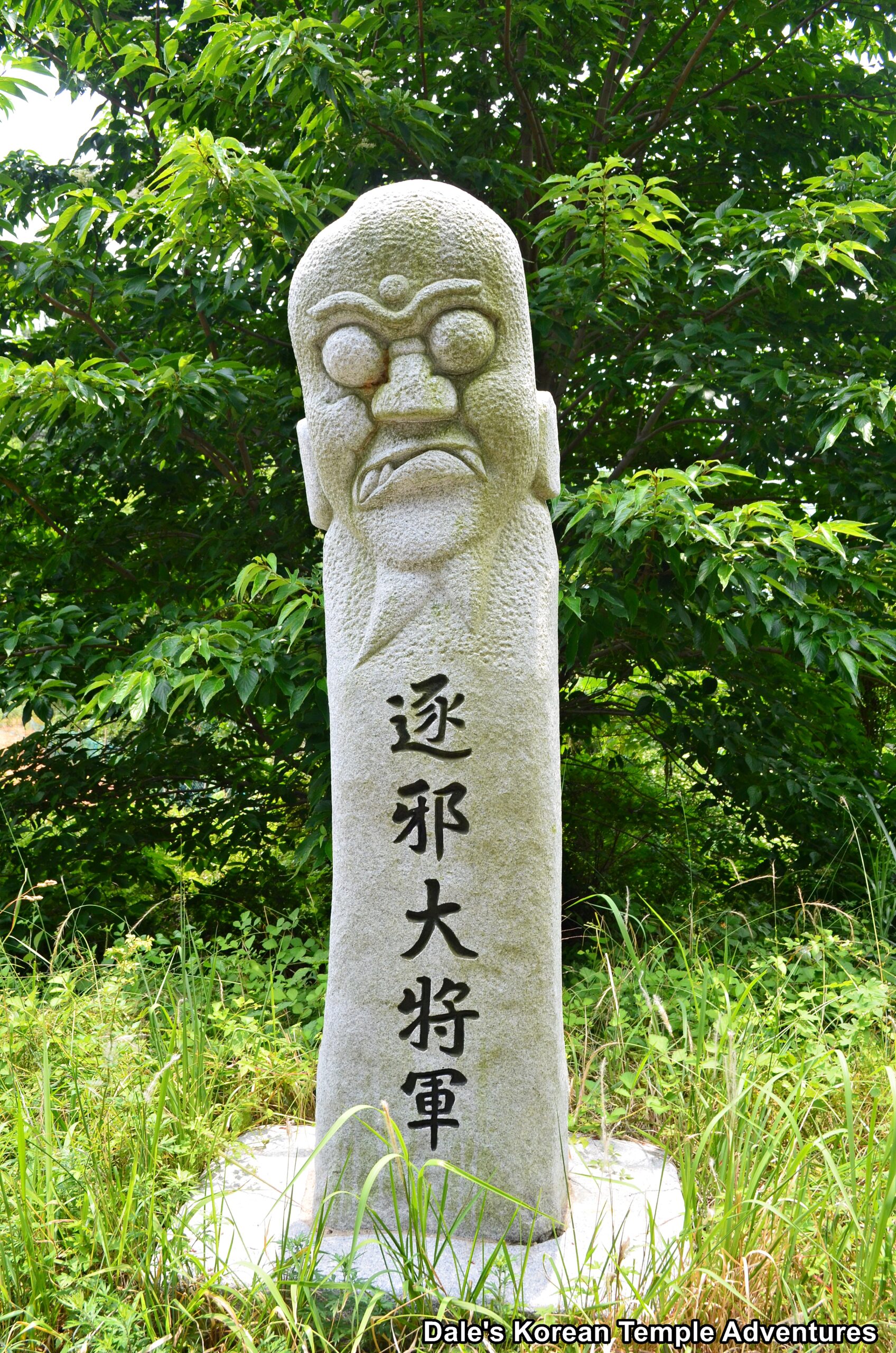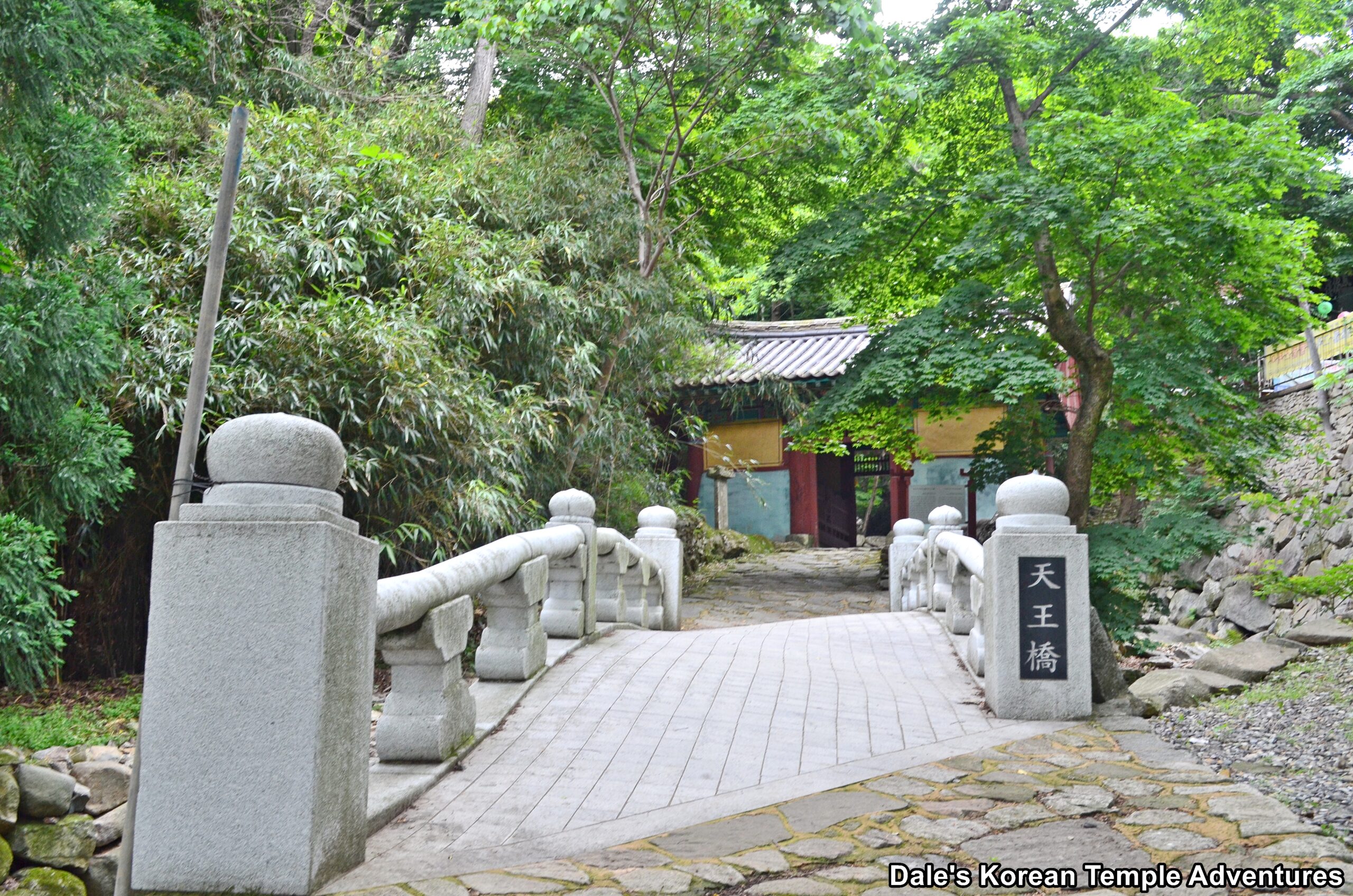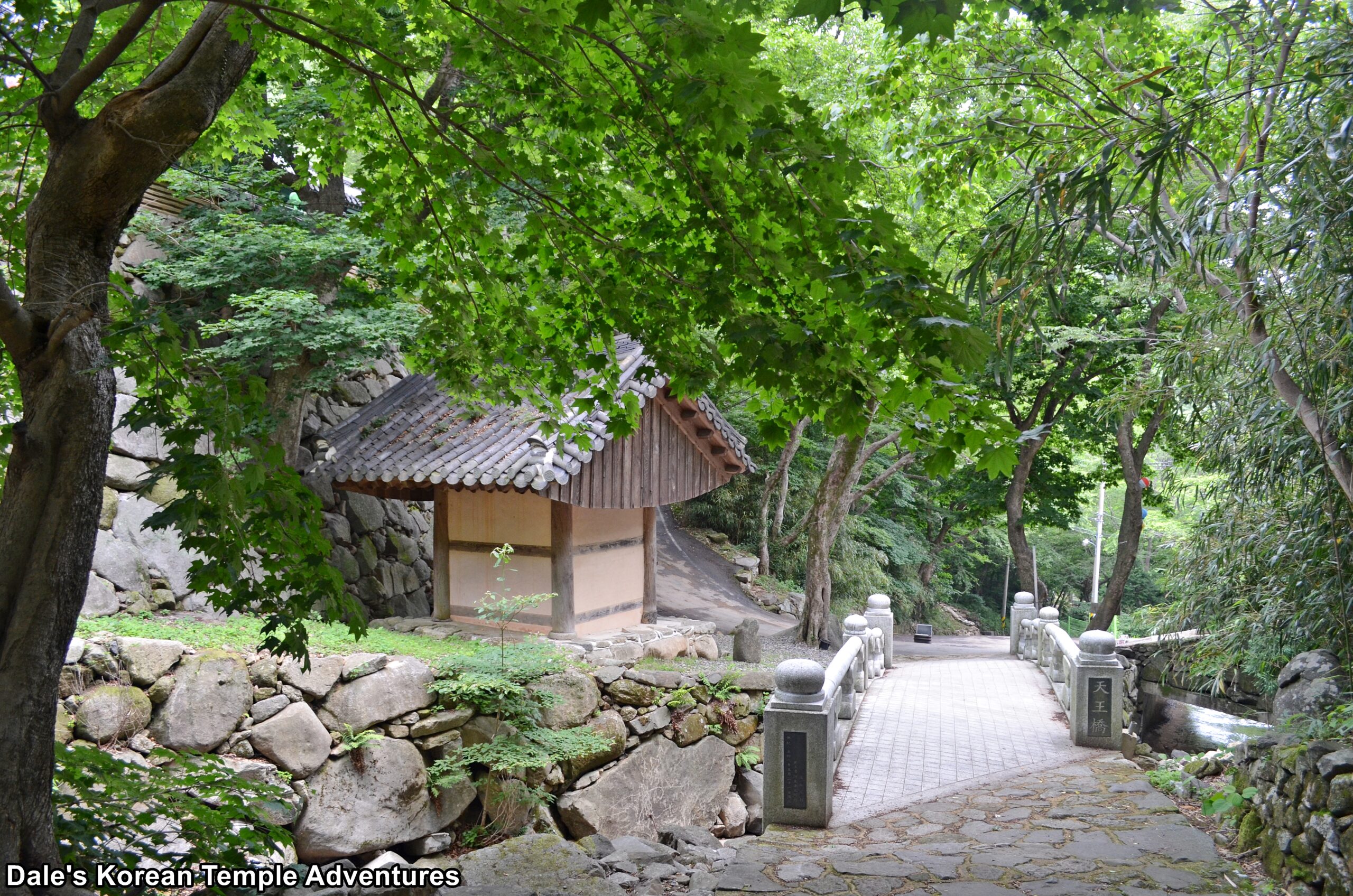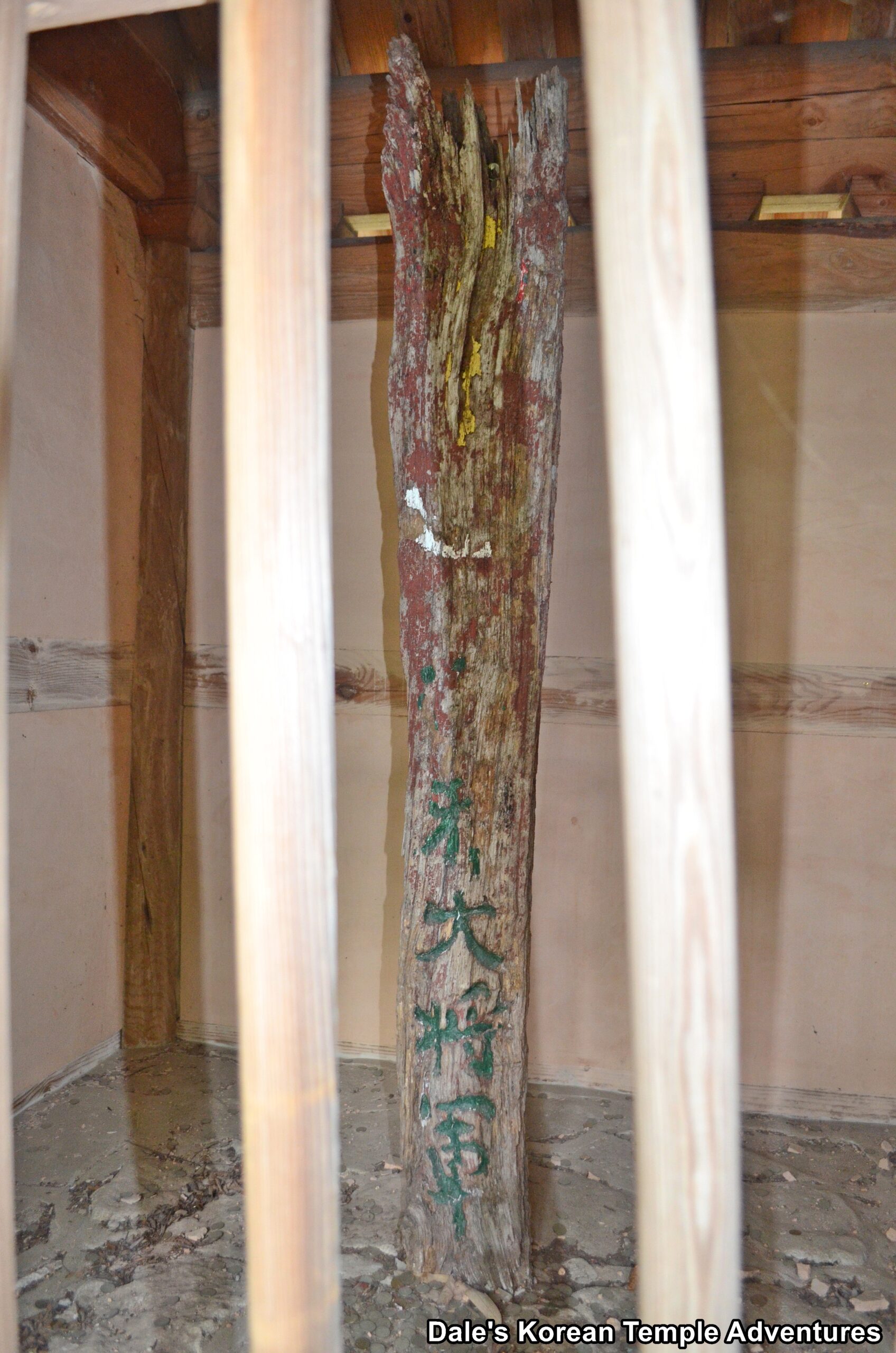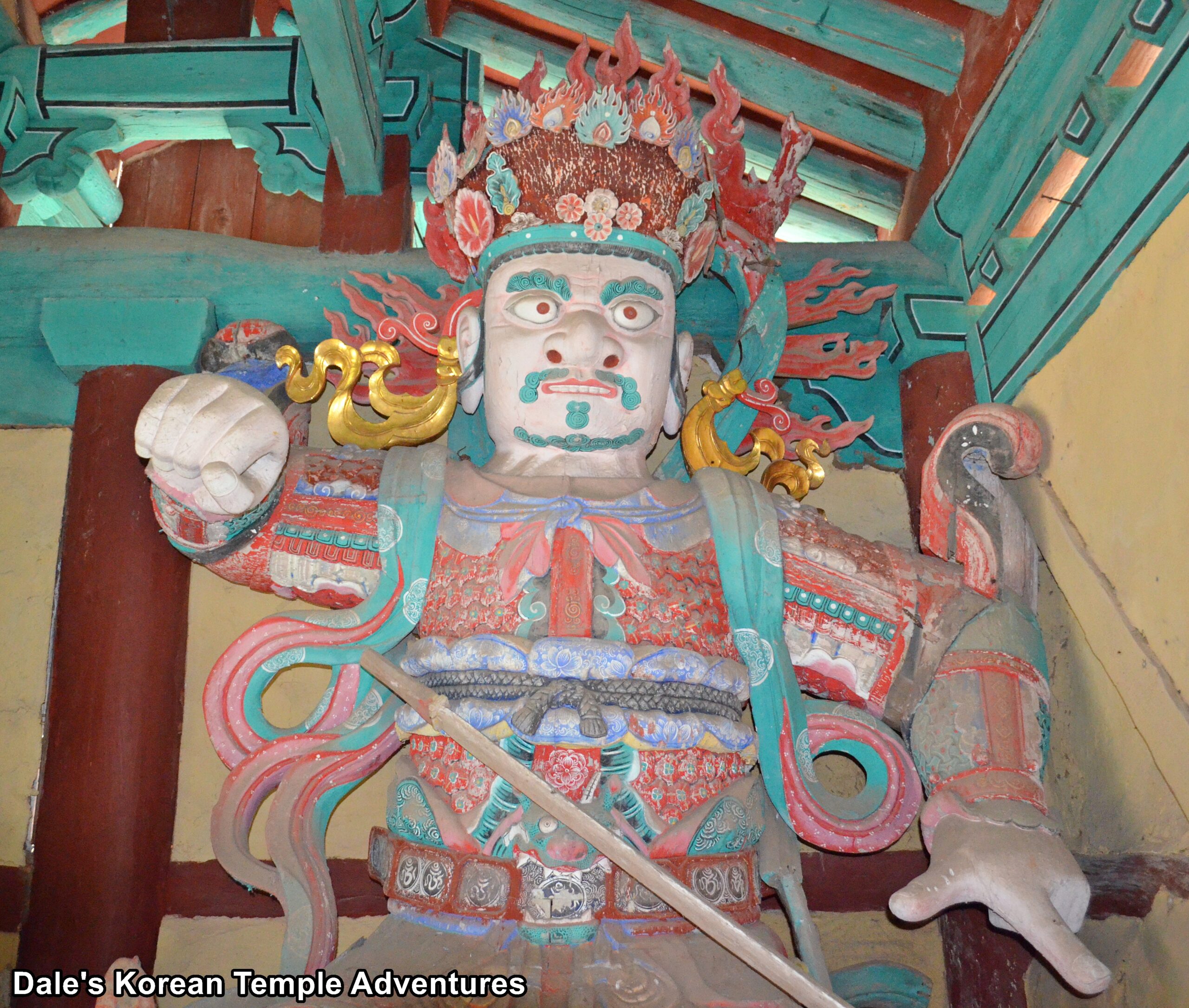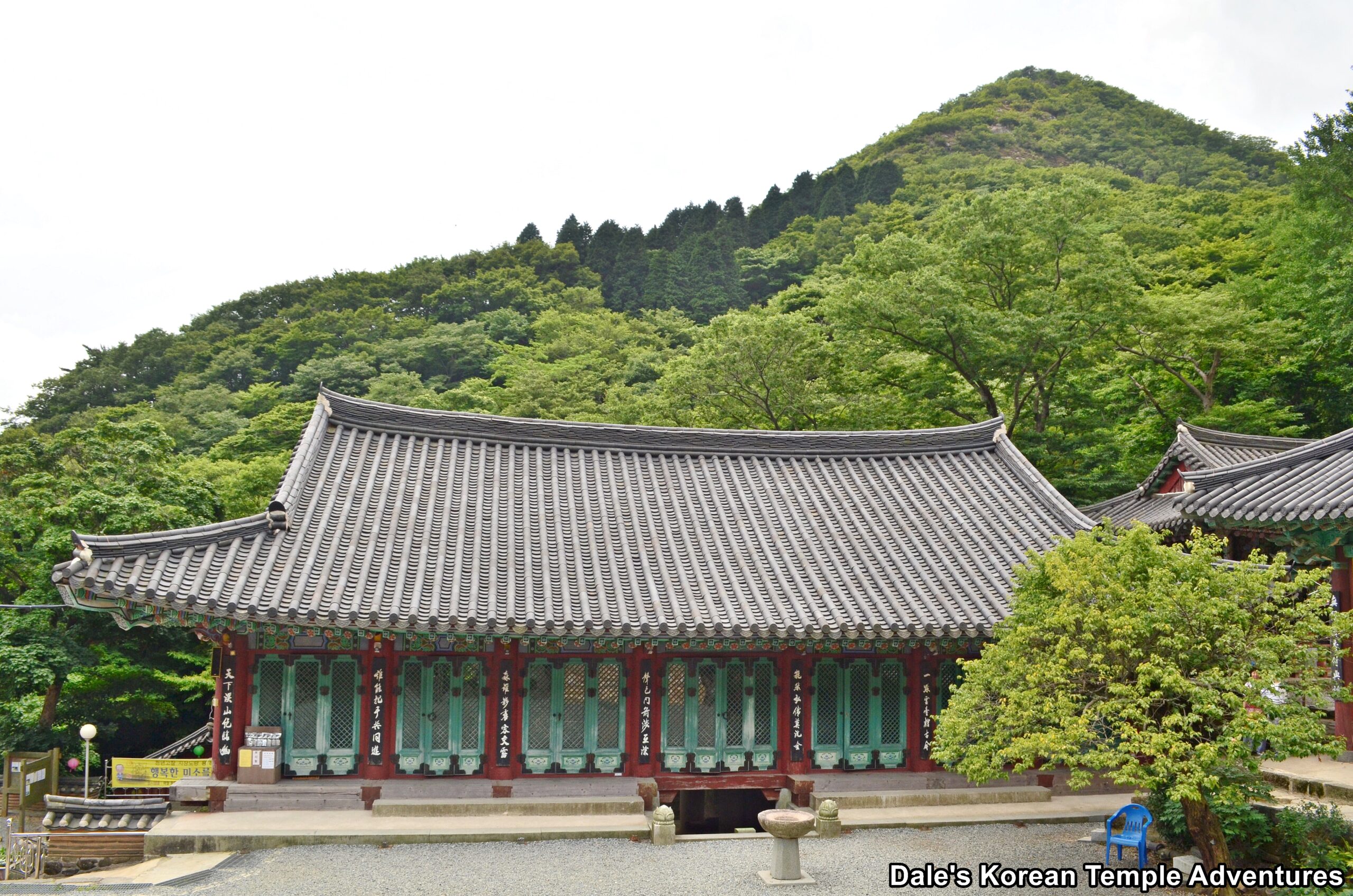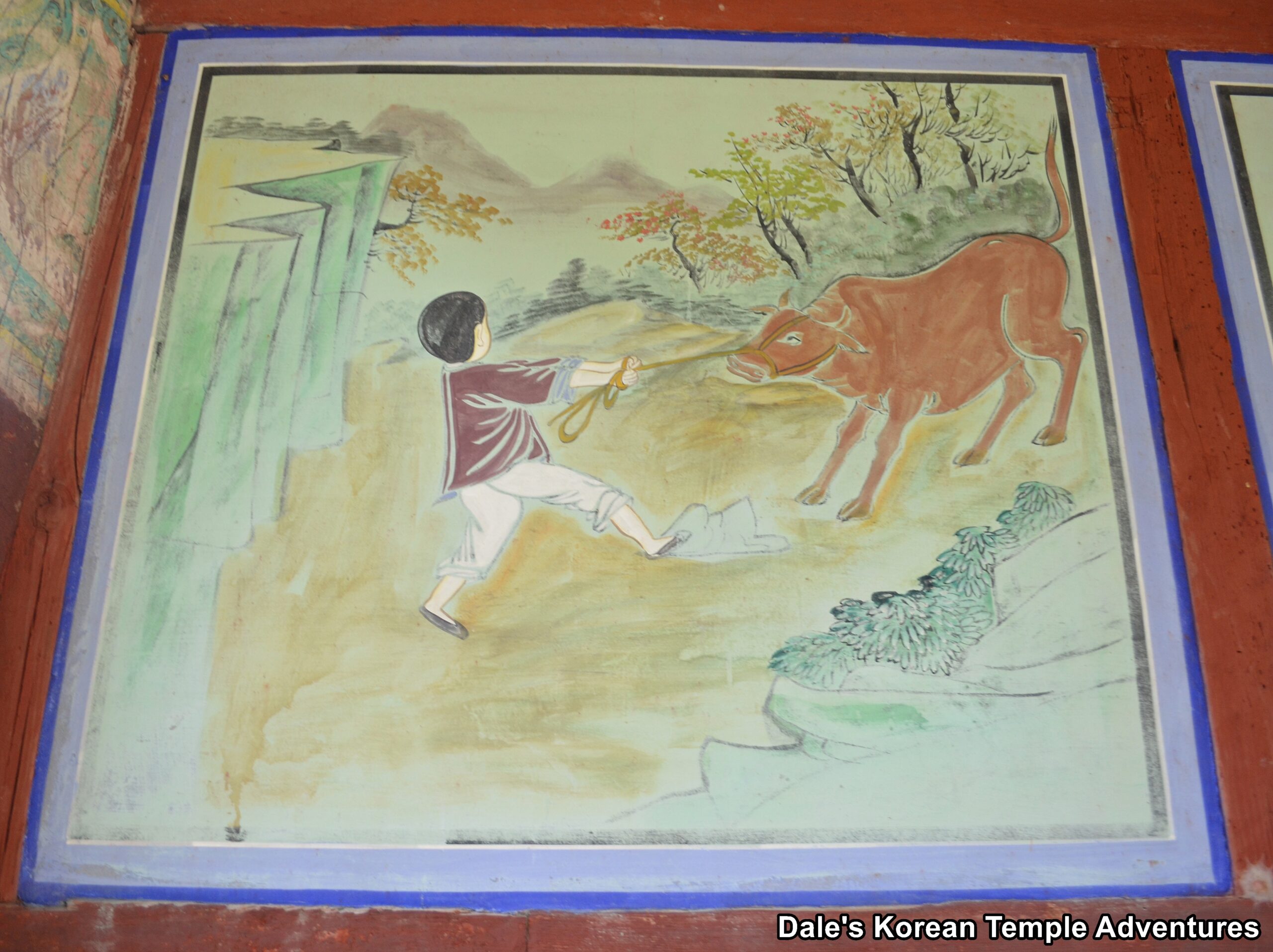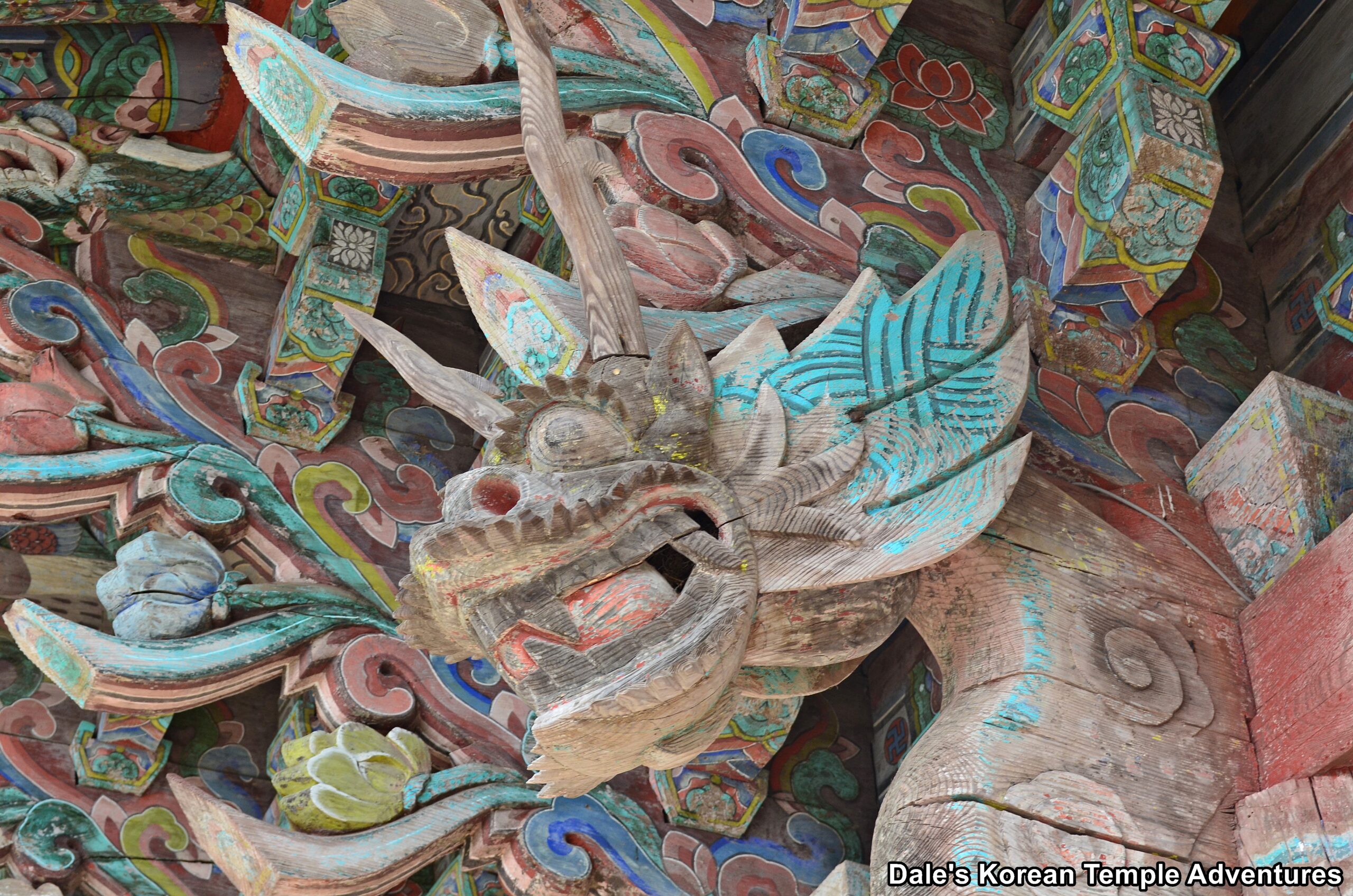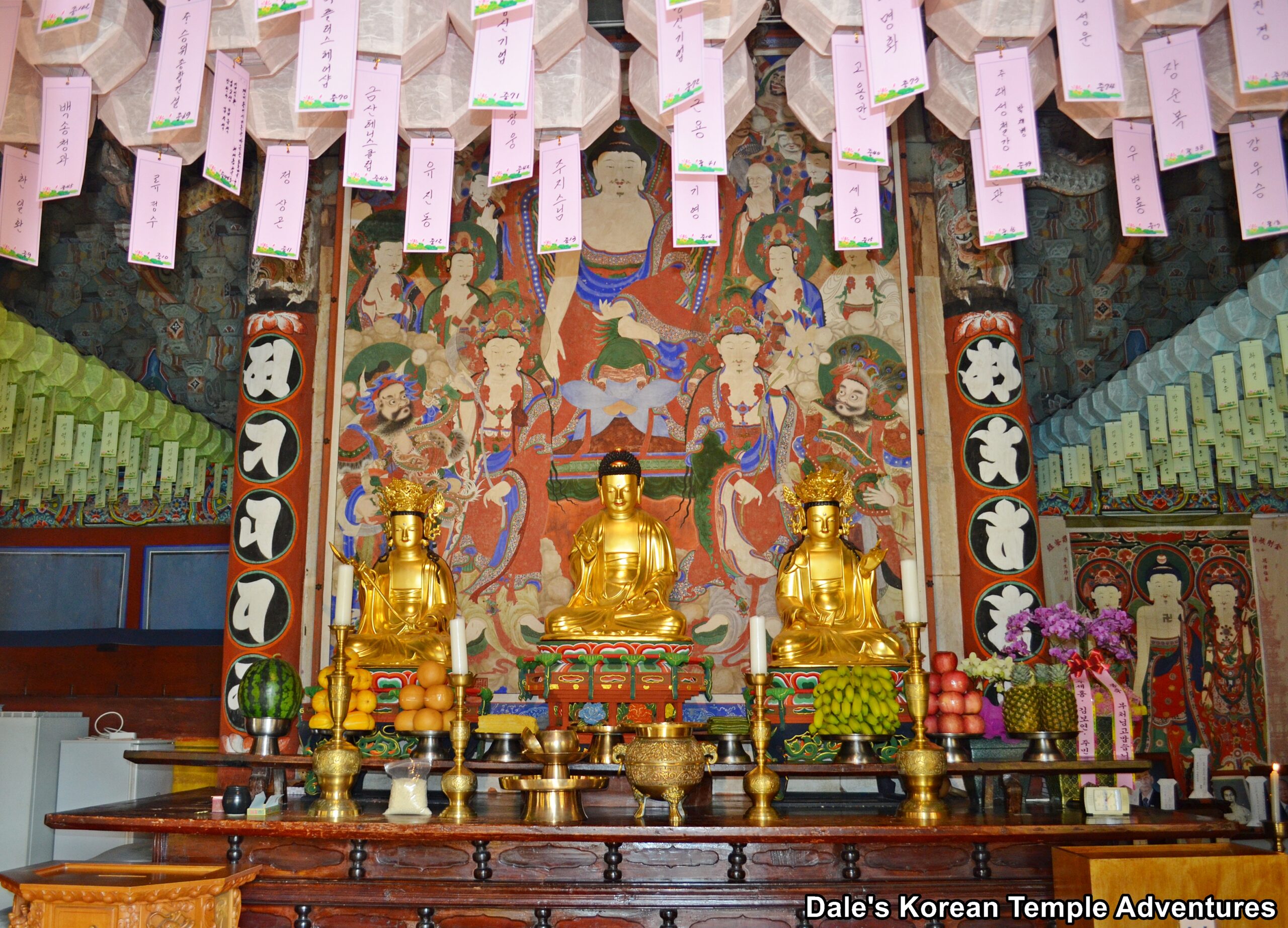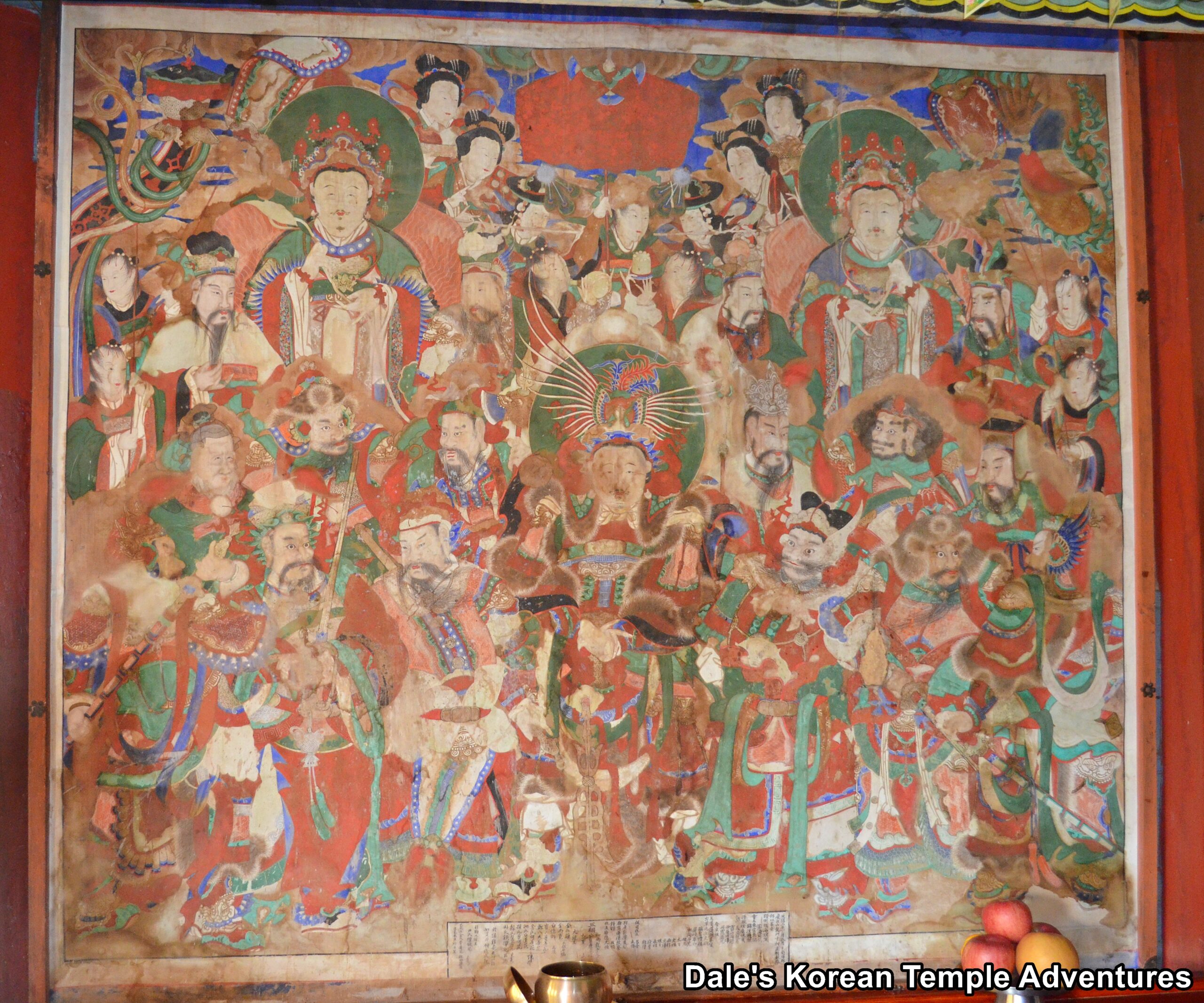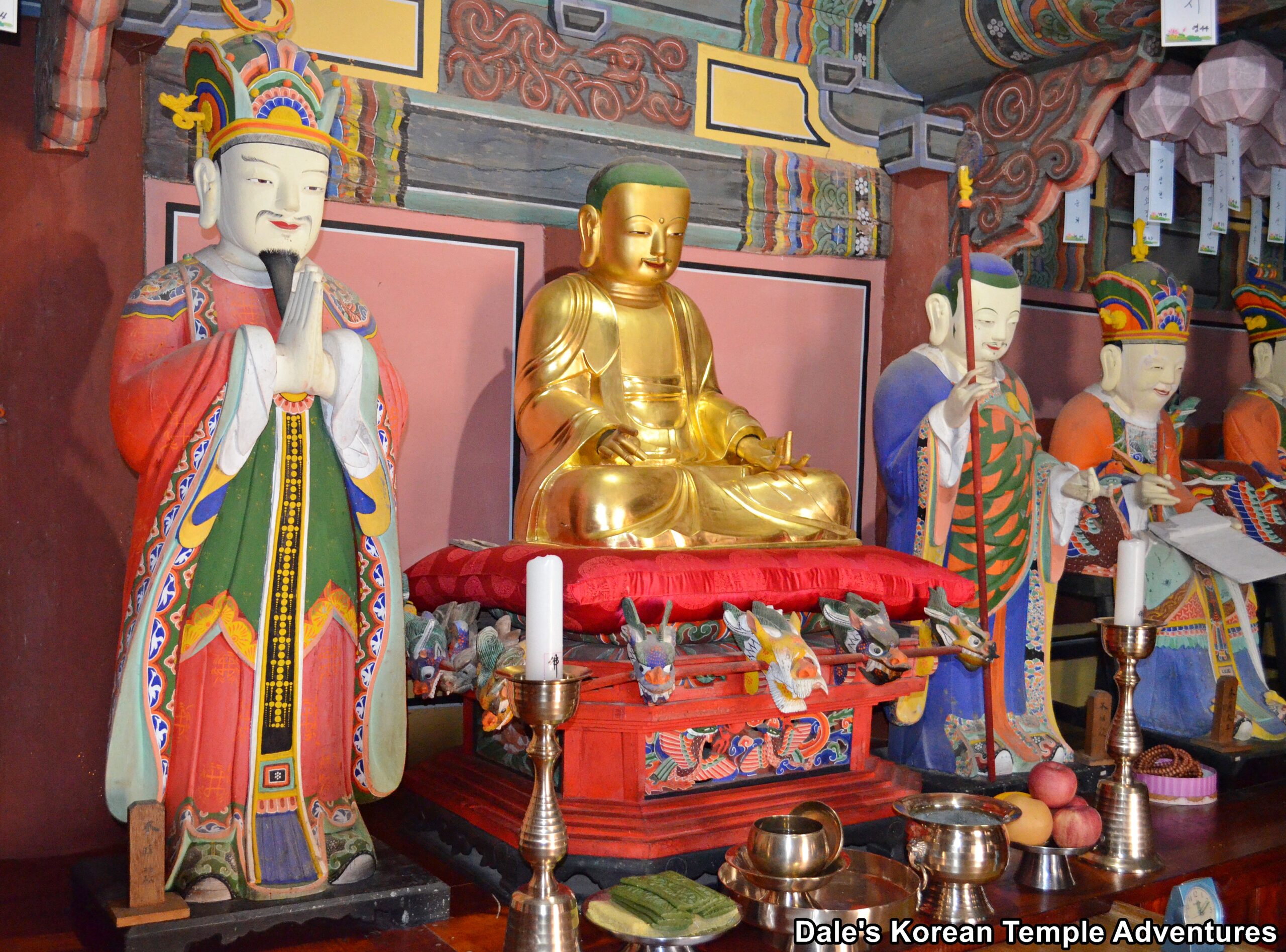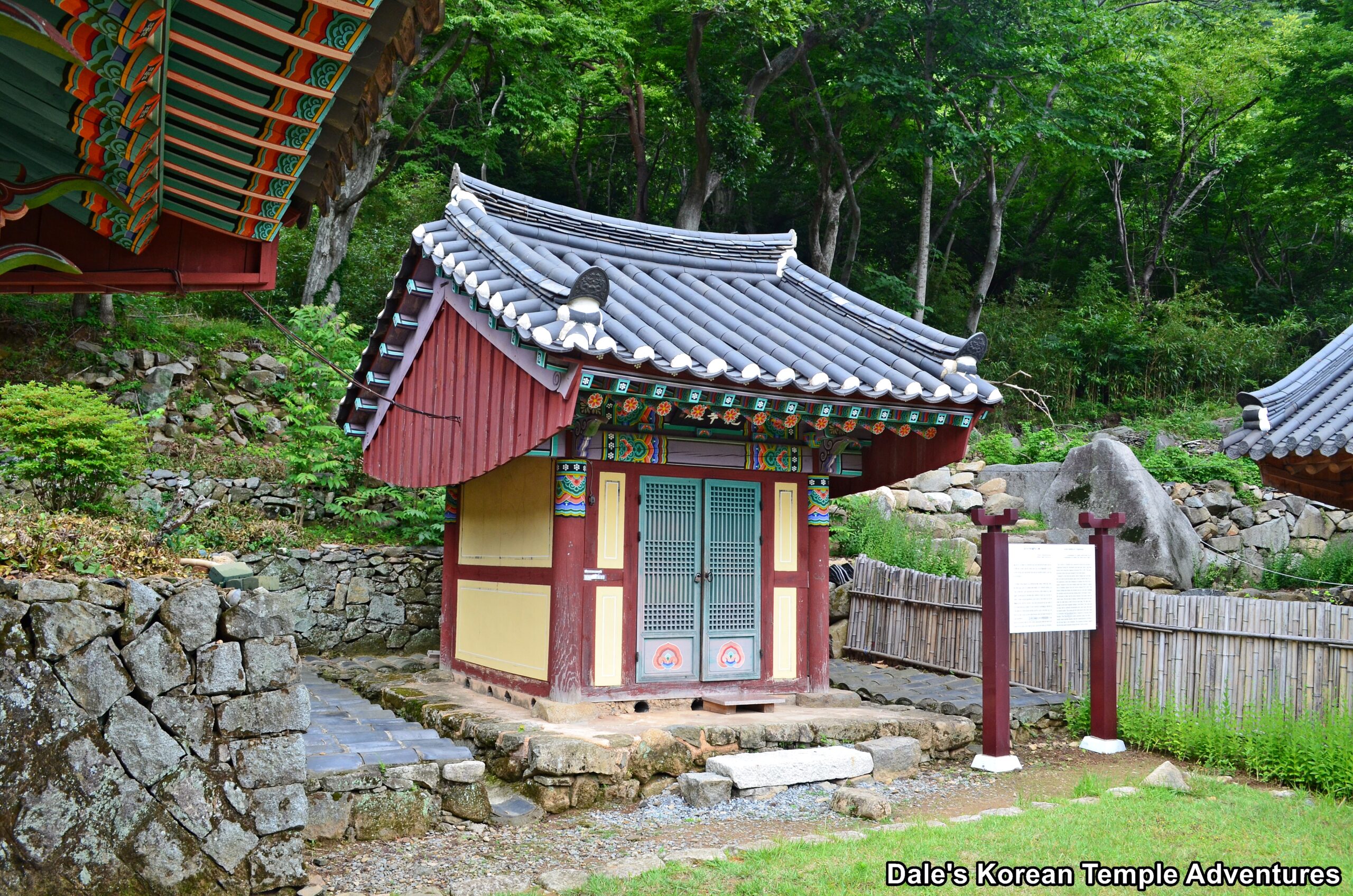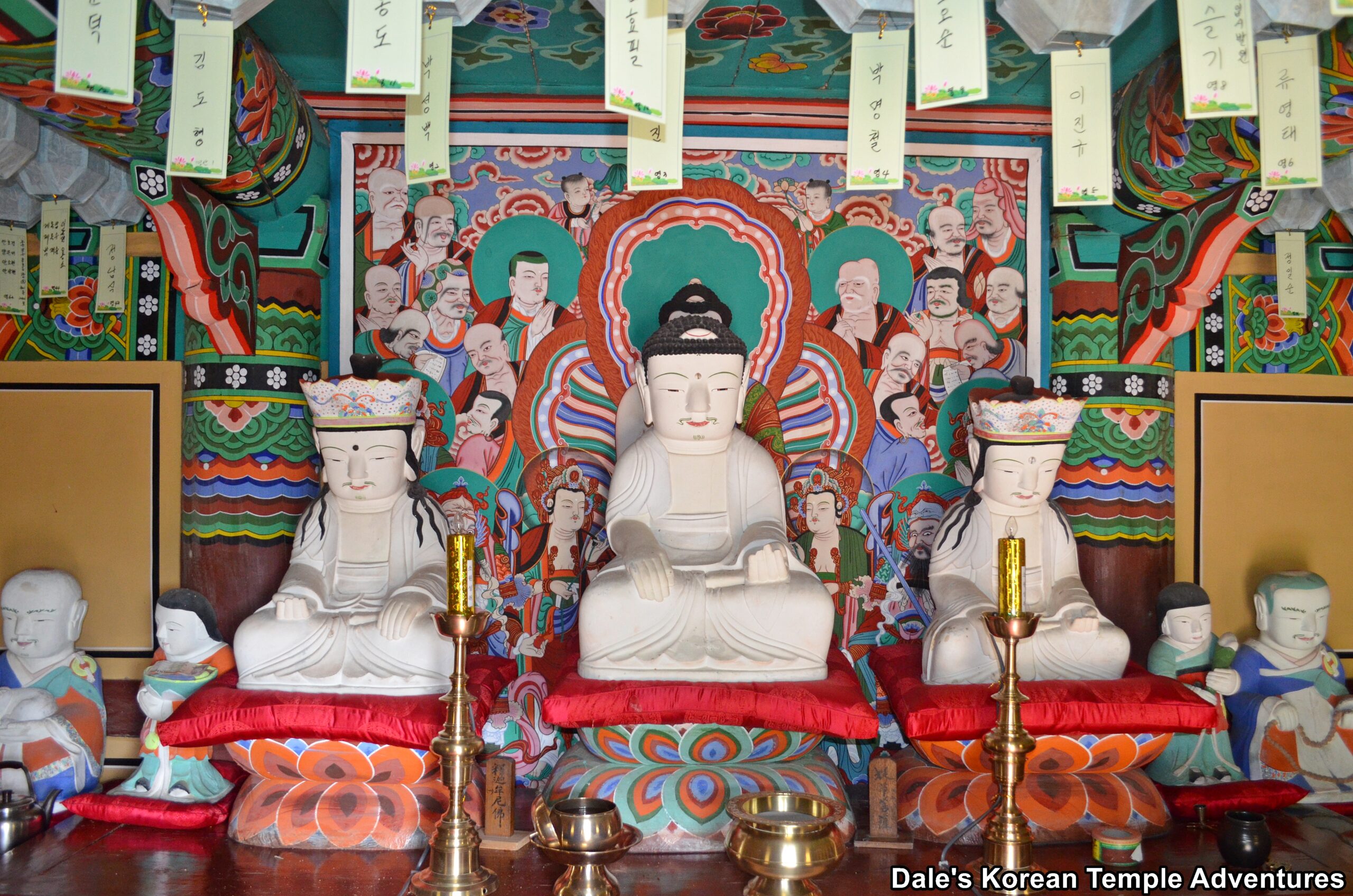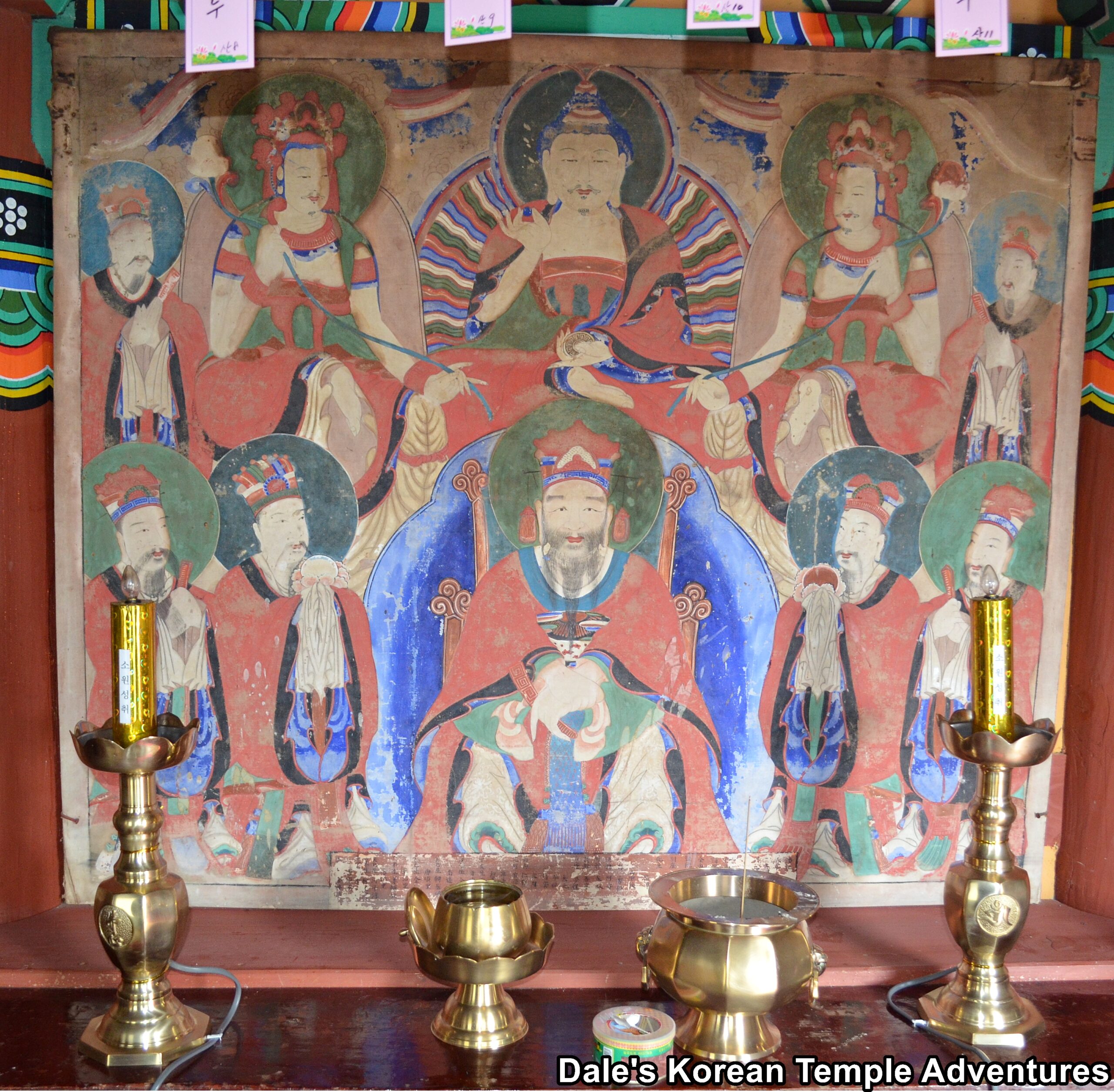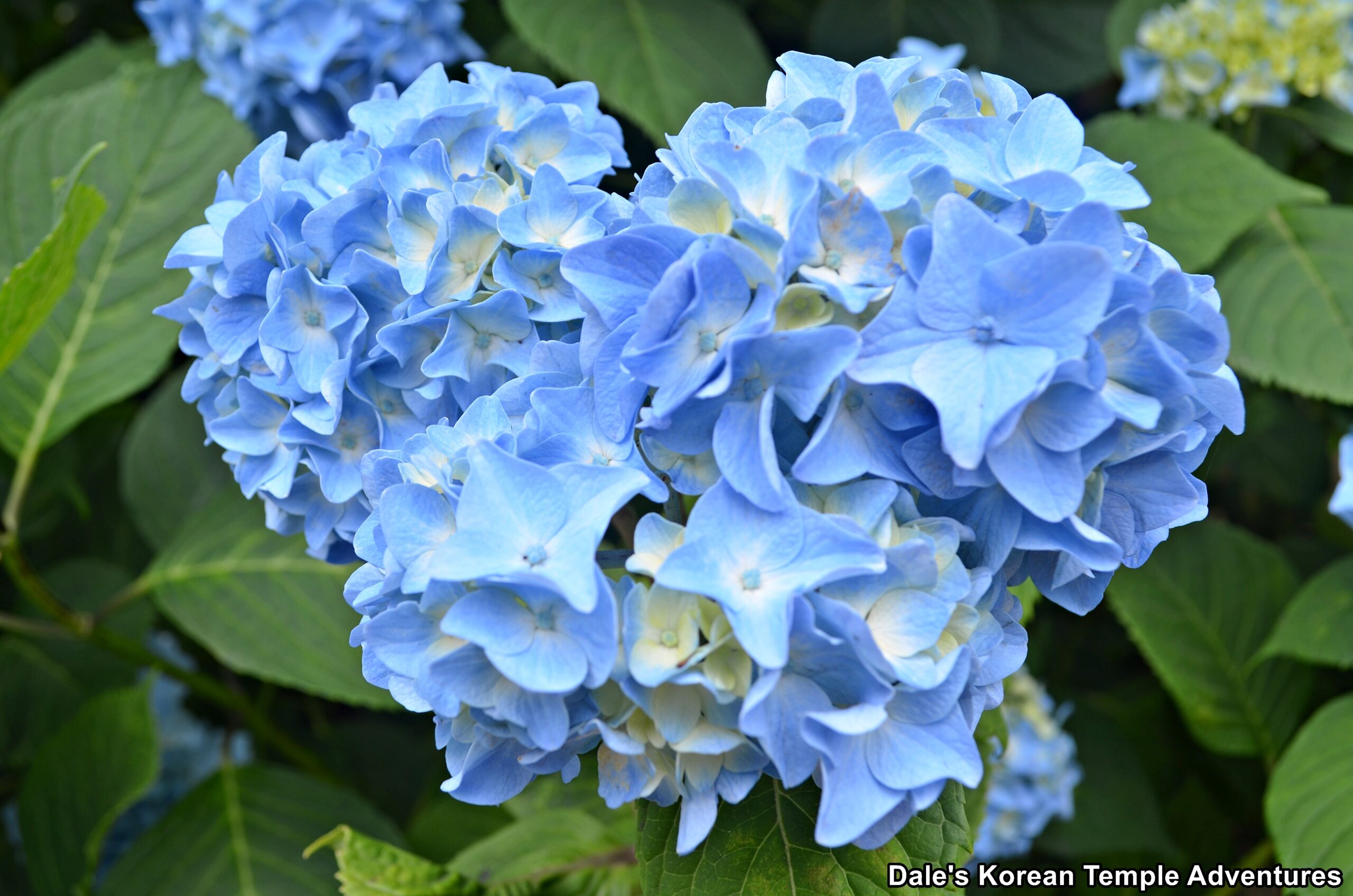Yongmunsa Temple – 용문사 (Namhae, Gyeongsangnam-do)
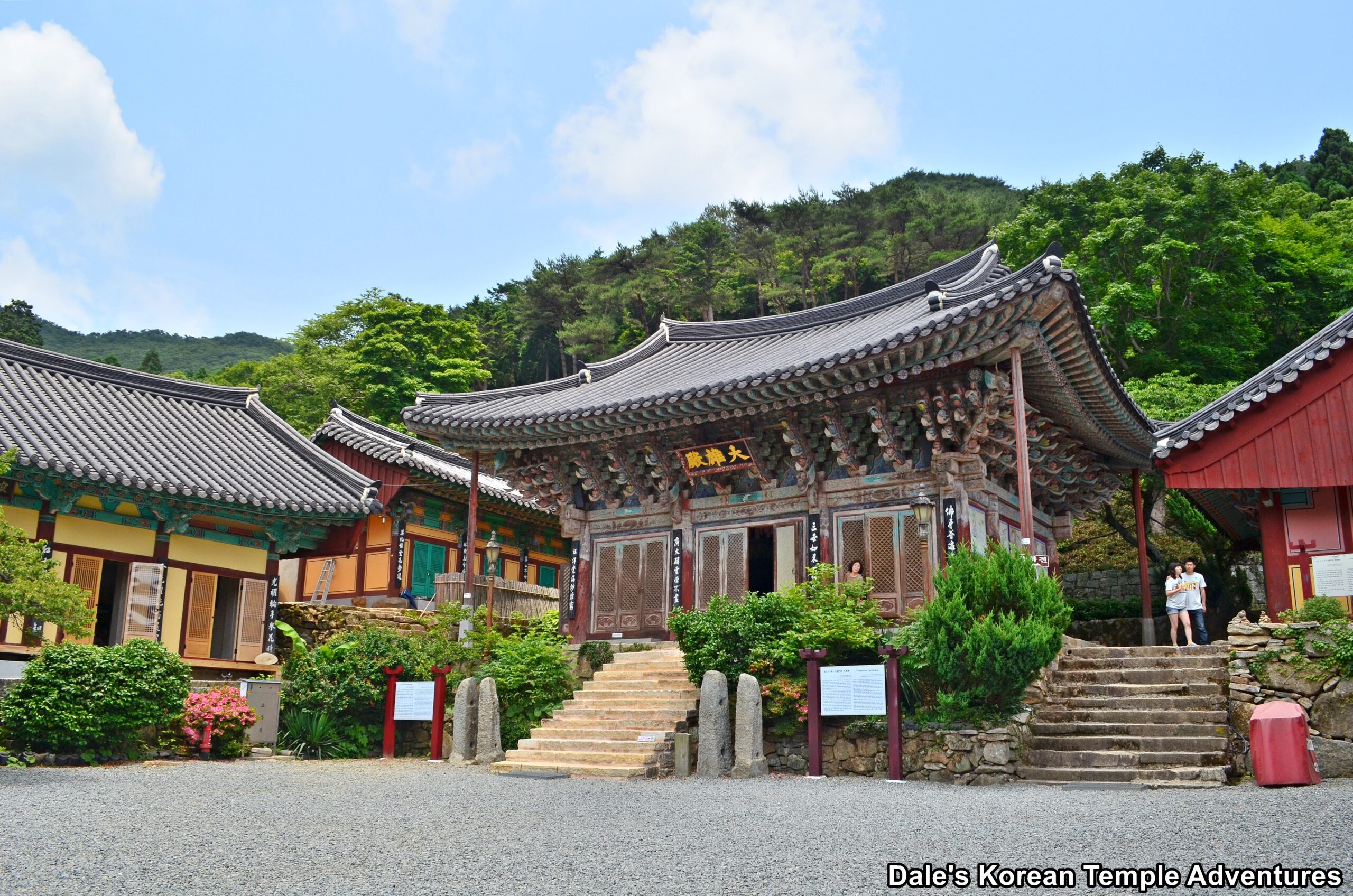
Temple History
Yongmunsa Temple, which is located in Namhae, Gyeongsangnam-do, means “Dragon Gate Temple” in English. Yongmunsa Temple was first constructed in a round about way by the famed monk Wonhyo-daesa (617-686 A.D.) in 663 A.D. Originally, when Wonhyo-daesa built the temple, it was called Bogwangsa Temple on Mt. Geumsan. The temple was later moved to its current location on Mt. Hogusan. It was at this time that the temple changed its name to Yongmunsa Temple. Yongmunsa Temple would eventually be completely destroyed during the Imjin War (1592-1598).
Yongmunsa Temple would be rebuilt in 1666, when the Daeung-jeon Hall was built by the monk Baekwol. During the reign of King Sukjong of Joseon (r. 1674-1720), Yongmunsa Temple was designated a royal temple. More recently, and in 1900, the temple was restored even further to its current configuration and appearance.
In total, Yongmunsa Temple is home to two Korean Treasures. They are the Daeung-jeon Hall, which is Korean Treasure #1849; and the Hanging Painting of Yongmunsa Temple, which is Korean Treasure #1446. In addition to these two Korean Treasures, there are numerous other provincial treasures at Yongmunsa Temple, as well.
Temple Layout
You first approach Yongmunsa Temple up a long road that meanders through houses and fields, until you near the temple grounds. The first sign that you’re approaching Yongmunsa Temple are the two stone guardian posts of Yongmunsa Temple. While these two stone guardian posts are newer in design, they are masterfully executed with their playfully devilish expressions.
Before arriving at any of the entry gates at Yongmunsa Temple, you’ll first find an outdoor shrine dedicated to a stone image of Jijang-bosal (The Bodhisattva of the Afterlife). And to the right of the Cheonwangmun Gate that looms in the background is the newly constructed diminutive pavilion that houses an older wooden guardian post. The paint has mostly faded from the wooden post, but you can still distinguish its features.
After walking over the beautiful bridge and past the newly built pavilion for the wooden guardian post at Yongmunsa Temple, you’ll see the Cheonwangmun Gate. Entering the Cheonwangmun Gate, you’ll see the Four Heavenly Kings inside. At Yongmunsa Temple, this entry gate is actually called the Cheonwang-gak Hall, and it dates back to 1702. If you look close enough, you’ll notice that Jeungjang Cheonwang (King of the South) has dropped his sword and that Jiguk Cheonwang (King of the East) has his lute laying in his lap. Also, Gwangmok Cheonwang (King of the West) seems to have misplaced his dragon. These subtleties point to the impertinence of time that is so central to Buddhism.
Underneath and through the Boje-ru Pavilion, you’ll enter the large temple courtyard. Overall, the temple grounds are well maintained. Upon first entering the main temple courtyard, you’ll find the monks’ dorms to your right. And to your left are the temple’s facilities like the administrative office. Straight ahead of you is the Daeung-jeon Hall. The exterior walls are adorned with the Shimu-do (Ox-Herding Murals). And up in the eaves, you’ll find wonderful decorative dragons. These dragons are large, colourful, and masterful. Stepping inside the Daeung-jeon Hall, you’ll find a ceiling beautifully adorned with dancheong that’s reminiscent of the main hall at Eunhaesa Temple in Yeongcheon, Gyeongsangbuk-do. There are various creatures like dragons that are suspended from the ceiling. The main altar is centred by Seokgamoni-bul (The Historical Buddha) and joined on either side by Bohyeon-bosal (The Bodhisattva of Power) and Munsu-bosal (The Bodhisattva of Wisdom). Both Bodhisattvas wear wonderfully ornate crowns. Hanging on the far right wall is a painting that depicts three Buddhas and dates back to 1897. The other equally older mural hanging on the far left wall is the Shinjung Taenghwa (Guardian Mural).
To the right of the Daeung-jeon Hall is the Myeongbu-jeon Hall that dates back to 1662. Sitting on the main altar inside the Myeongbu-jeon Hall is a green haired image of Jijang-bosal (The Bodhisattva of the Afterlife), who sits upon a red silk pillow. Jijang-bosal is surrounded on both sides by ten large statues of the Siwang (The Ten Kings of the Underworld). Interestingly, and a bit tucked away and around the corner of the Myeongbu-jeon Hall, is the tiny shrine hall that houses the “Stone Buddha of Yongmunsa Temple.” Based upon the style of the statue, it’s believed to date back to the mid-Goryeo Dynasty (918-1392). Also based upon its design, it’s believed that this image is meant to represent Daesaeji-bosal (The Bodhisattva of Wisdom and Power for Amita-bul). Rarely does this statue appear alone. Typically, Daesaeji-bosal is part of a triad that consists of Amita-bul (The Buddha of the Western Paradise) and Gwanseeum-bosal (The Bodhisattva of Compassion), as well. This statue was previously buried in the ground after the temple’s destruction during the Imjin War.
To the far left of the Daeung-jeon Hall, and up an embankment, are two additional buildings. The first is the Nahan-jeon Hall that houses statues of Seokgamoni-bul, Mireuk-bul (The Future Buddha), and Yeondeung-bul (The Past Buddha) on the main altar. The main altar statues are joined by sixteen Nahan (The Historical Disciples of the Buddha) statues inside the Nahan-jeon Hall. And the other shrine hall in this area is the Chilseong-gak Hall. This shaman shrine hall is quite unique, as it houses three murals dedicated to Chilseong (The Seven Stars) on the main altar. All three of these murals are older in composition. To the left of the main altar set dedicated to Chilseong is a mural dedicated to Sanshin (The Mountain Spirit). And to the far right is a mural dedicated to Dokseong (The Lonely Saint).
How To Get There
From the Namhae Intercity Bus Terminal, you’ll need to find the “Namhae-Gacheon – 남해-가천” bus. You’ll need to take this bus for 17 stops, or 40 minutes, and get off at the “Miguk-maeul hacha – 미국마울 하차” stop. From where the bus drops you off, you’ll need to head north up the “Miguk-gil – 미국길” road. You’ll eventually come to the temple parking lot. Keep heading north. The entire walk should take about 17 minutes over 700 metres.
Or you can simply take a taxi from the Namhae Intercity Bus Terminal. The taxi ride will last 17 minutes over 13 km, and it’ll cost you 23,000 won (one way).
Overall Rating: 7.5/10
The obvious highlight to this temple, which also just so happens to be a Korean Treasure, is the central Daeung-jeon Hall. From its simplistically masterful Shimu-do that adorn its exterior to the wonderful dancheong interior, The Daeung-jeon Hall at Yongmunsa Temple is beautifully adorned with Buddhist artistry. Also of interest is the mid-Goryeo Dynasty “Stone Buddha of Yongmunsa Temple,” the triad of Chilseong murals inside the Chilseong-gak Hall, and the Cheonwang-gak Hall. Yongmunsa Temple in Namhae is one of those temples that you’ve probably never heard about before, but you definitely won’t regret visiting.
